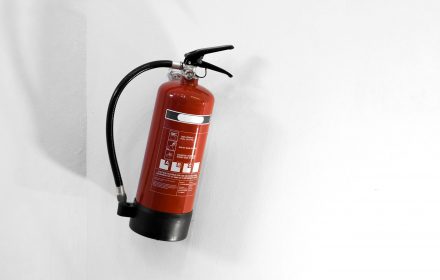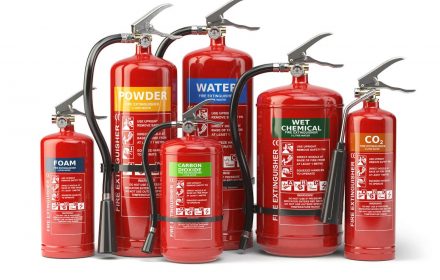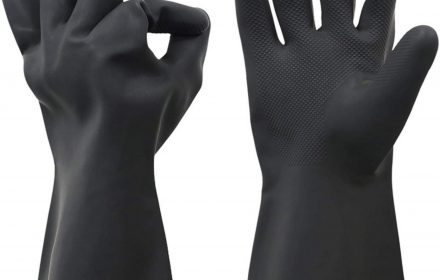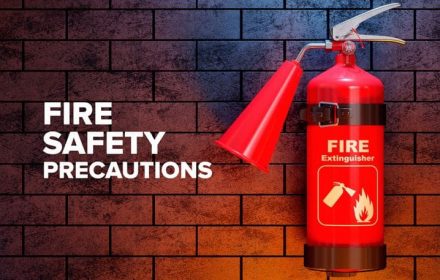ABC Fire Extinguishers (Dry Chemical) Best For: Homes, offices, vehicles
Fights:
Class A: Ordinary combustibles (wood, paper, cloth)
Class B: Flammable liquids (gasoline, oil)
Class C: Electrical fires
How It Operates: The fire is smothered by CO2 gas, which replaces oxygen.
Pros: Versatile, widely available
Cons: Leaves residue, not ideal for electronics
CO2 Fire Extinguishers (Carbon Dioxide)
Best For: Electrical rooms, server areas, kitchen
Fights:
Class B (flammable liquids)
Class C (electrical fires)
How It Works: CO2 gas displaces oxygen, suffocating the fire.
Pros: No residue, safe for electronics
Cons: Ineffective on Class A fires, limited outdoor use
K-Class Fire Extinguishers (Kitchen Fires)
Best For: Commercial kitchens, restaurants
Fights:
Class K: Cooking oils, fats (deep fryers, grills)
How It Works: Uses a wet chemical agent to cool and suppress fire.
Pros: Specifically designed for grease fires
Cons: Not multipurpose; limited to kitchen settings
Foam Fire Extinguishers
Best For: Offices, garages, workshops
Fights:
Class A & B fires
How It Works: Forms a blanket over the burning surface, preventing oxygen access.
Pros: Effective for liquid fires and solids
Cons: Not suitable for electrical fires
Clean Agent Fire Extinguishers (Halotron, FE-36, etc.)
Best For: Data centers, museums, labs
Fights:
Class B & C (some also cover Class A)
How It Works: Releases a non-conductive, non-corrosive gas that interrupts the fire’s chemical reaction.
Advantages: Safe for delicate equipment and electronics, leaves no residue
Cons: Expensive compared to others
🔍 Choosing the Right Fire Extinguisher
When selecting a fire extinguisher, consider:
Location (home, office, kitchen, industrial site)
Fire hazards present (electronics, oils, flammables)
Ease of use and maintenance
💡 Tip: Keep at least one ABC fire extinguisher in your home and a K-Class in your kitchen if you use deep fryers or cook with oils.
Fire Safety Maintenance Tips
Inspect extinguishers monthly
Check pressure gauges
Ensure easy access and visibility
Train staff or family members in PASS method:
Pull, Aim, Squeeze, Sweep
Link to authoritative source: NFPA – National Fire Protection Association
Conclusion
Understanding the different types of fire extinguishers — ABC, CO2, K-Class, Foam, and Clean Agent — is essential for proper fire safety. When placed properly, an extinguisher can save lives, protect property, and avert disasters.





